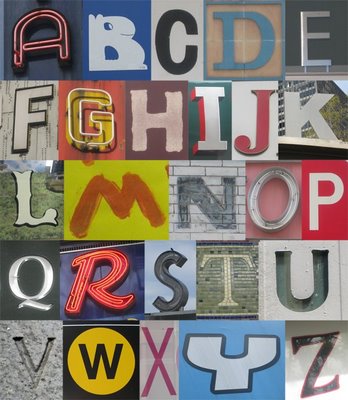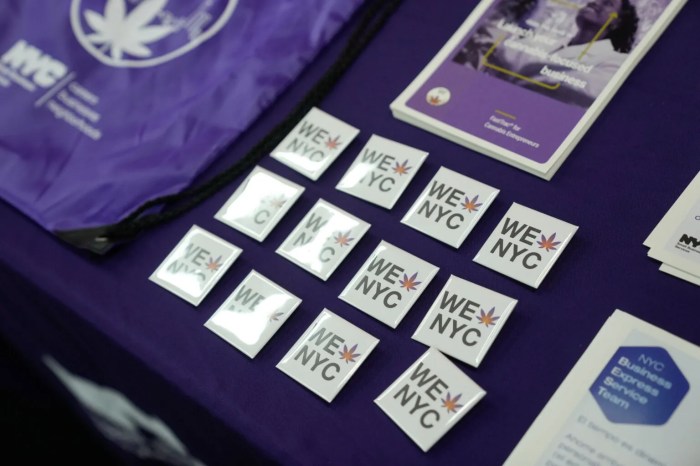Schwartz absent on key issues
To The Editor:
Re “J’Accuse! McCarthyism, Village Politics and Pier 40” (talking point, by Arthur Schwartz, April 25):
Arthur Schwartz is hardly the first person to misuse the term McCarthyism. Just because the Village Independent Democrats endorsed Jonathan Geballe for Democratic district leader rather than Arthur, he has chosen to apply the term to our president, Tony Hoffmann. Implicit in the appellation is that Tony is accusing Arthur of plotting to overthrow the government or, worse yet, that Tony is associated with an organization (V.I.D.) which has that as its goal. That is the meaning of McCarthyism to those of us who directly experienced it in the 1950s when we were members of such radical organizations as Americans for Democratic Action or the Urban League.
One reason Arthur has not received the support of our community is not just his tirades, but his notable lack of commitment to our causes as marked by his absence at critical times. He has been our male Democratic State Committeeman in the 66th Assembly District. When his female counterpart, Rachel Lavine, with our support, tried to get the issue of fracking in New York State brought up for a vote, Arthur was not there and left her alone to represent us. Whatever priorities prevented his attendance, it was not the only incidence. He has not taken part in the process of drawing our district lines for political representation that would re-establish our unity and, ultimately, our clout. Where was he when our influence was at stake?
In conclusion, there are times when Arthur’s self-interest takes precedence over his facts or service to his community, making him unfit to hold office. He should therefore withdraw from the election to the office of Democratic district leader in the 66th Assembly District, Part A.
Frieda K. Bradlow
Artie can never be replaced
To The Editor:
Re “Artie Stewart, the ‘Heart of the Park,’ dies at 68” (obituary, May 2):
I took for granted that Artie would be with us forever and a day, but he left us much too soon. He was the vocal and visual spark to any musician, young or old, who wanted to jam in the park. I knew Artie had some medical problems, but he rarely, if ever, acknowledged those problems with me or anyone else other than his wife, Mary.
I recall about a year ago strolling through the park near where the guy feeds the pigeons on a daily basis for hours, and seeing a rare Artie alone and singing to himself. I sat down next to him and we dueted on an oldie, “Whispering Bells,” as some tourists approached and listened. When we finished to the tourists’ applause, Artie smiled at them and began singing something else as I sat and listened to the growing number of tourists standing listening to him.
There are still very good musicians in the park, but as so many already know, that indefinable Artie essence is missing, and cannot be replaced. R.I.P., baby… .
Al Heitzer
Bikes deflate N.Y.U. ‘core’ claims
To The Editor:
Re “Bikes on the brain as cycle-share is about ready to roll” (news article, May 2):
Assuming the bike-station docks are here to stay in some form, this is an important bellwether that New York University should acknowledge as an incentive to expand its footprint to the nearby Financial District, rather than insisting on jamming out-of-scale, dense buildings into the Village. We now live in a Big Apple that is clearly fostering and encouraging easy accessibility between neighborhoods for the long term — the Village alone no longer needs to be the “core.”
Robin Rothstein
Rothstein is a member, Community Board 2
L.A. escapee now cycles
To The Editor:
Re “Invasion of the bike-share docks” (front-page photo, April 25):
I love this bike plan. I lived in L.A. for 20 years, where cars and multi-lane freeways rule mercilessly over everything. It is also where the widening of the 405 (San Diego) Freeway has resulted in even worse traffic nightmares, including it taking an hour (once 10 minutes) to drive from the West Side to the Valley. I moved here to get away from all that, and traded in my maroon Ford Mustang convertible with baby leather seats for a $300 bike. I could not be happier or healthier.
The central problem is that cars are inefficient city transport. They also pollute and envelope people in a metal bubble, cutting off interaction. Want to see an isolated person? Look for someone stuck in traffic, alone in his car. Bikes are much more efficient, and this program will encourage more bicycling. Also, it will make neighborhoods far off the grid — like the far Lower East Side — much more accessible.
Let us not lose the larger picture — greater transport efficiency, more interpersonal interaction, less pollution and better exercise while commuting — while arguing over details. The kiosks can be re-sited, if need be. The concept, though, is wonderful.
Joseph Hanania
Smart locks versus smart docks
To The Editor:
Re “Bikes on the brain as cycle-share is about ready to roll” (news article, May 2):
It may be too late, but one option is to implement newer smart-lock technology. Not only is it much less expensive, it also takes up much less space and is much more flexible than the older smart-dock technology.
It is also New York City technology! Hoboken is piloting it this summer with two New York City-based companies, Bike and Roll and SoBi.
Tom Glendening
D.O.T. and its disconnect
To The Editor:
Re “Bikes on the brain as cycle-share is about ready to roll” (news article, May 2):
Transportation Alternatives members display robotic following of a programmed script that they cannot depart from in the face of the Department of Transportation’s misplaced bike-rack siting installations. Anyone who attended Community Board 2’s session last Thursday would have heard almost unanimous criticism of rack placements but general support of biking.
It’s the disconnect between biking as a policy versus bike-rack placement as a site-specific hindrance to daily life in the neighborhoods that D.O.T. and T.A. have failed to comprehend. The C.B. 2 meeting served to convey the overwhelming complaints from residents of the neighborhoods impacted by the racks about how they disrupt simple acts of daily life, such as just getting access to their buildings or shops, along with city garbage pickup.
D.O.T. planners must learn to understand and address daily street life in New York City before they start drawing lines on paper that neither work nor advance the expansion of biking.
Martin Tessler
Can serve but can’t smoke?
To The Editor:
Remember Jessica Lynch? She was a young woman who joined the military at age 18 or 19. She was trained not only to kill, but to accept the fact that she could also be killed. She was sent to Iraq during the early days of the war, and became one of the first Americans to be captured. Before her rescue, she was reportedly raped and tortured. All of this before her 21st birthday.
Meanwhile, back in The Land of the Free, she wasn’t old enough to sit down and have a drink. And, if Christine Quinn has her way, hundreds of young New Yorkers returning home from Afghanistan won’t even be able to sit down and have a smoke.
Jerry The Peddler
Money vs. artistic richness
To The Editor:
Re “Things change: If not Soho House, what will we get?” (Clayton, April 4):
First off, I am usually in complete agreement with Clayton. But a couple of things. John Varvatos does not support just any band. You have to be established already. C.B.’s was not like that. Coupled with his high-end, unaffordable-to-the masses clothing for men, Varvatos means nothing to me, eye contact or not. He’s no different than N.Y.U.’s cancerous spread. But I have to say at least Clayton took the time and effort to meet him face to face. No one would do that but him.
As for Soho House, I have a real problem with the “exclusivity” factor of this “art club.” Again, I am willing to bet that art in trade for membership is going to be pretty difficult for some, including myself. I have never had an “art show” but have tried in New York City — which ain’t too easy for someone self-taught. My stuff’s not perfect, but not bad either. Better than many.
I’m willing to bet that the tradeoff will need to have an extensive résumé of shows included, although, I have not checked into it yet. I am deeply saddened by the state of the Village, East and West, and the Lower East Side, hell, all of New York City. I am an artist and musician who is also fascinated with the way it used to be back then. I think the most important thing now is not to lose your voice. It is a cold, hard fact that money obviously prevails in this city. Development and gentrification mean money and greed with no regard for the “richness” of the history and disappearing generations who once owned a very real and beautiful yet dangerous culture.
Dennie Hausen
My city was gone
To The Editor:
Re “Super-anxiety about closing of Sixth Ave. supermarket” (news article, April 11):
I have lived on W. Eighth St. for nearly 40 years and I have lost my diners, delis, supermarkets, bookstore, haircutter and my wonderful Hong Wah Laundromat across the street that burned down two months ago without replacement.
Where are we to shop? Where are we to find the food basics that are slowly being taken away from us?
I just ran out for a small bag of flour, going to what was left of the Food Emporium, where I shared tears and memories with staff. Why is this happening and what are we to do?
Ellie Buck
E-mail letters, not longer than 250 words in length, to lincoln@thevillager.com or fax to 212-229-2790 or mail to The Villager, Letters to the Editor, 515 Canal St., Suite 1C, NY, NY 10013. Please include phone number for confirmation purposes. The Villager reserves the right to edit letters for space, grammar, clarity and libel. The Villager does not publish anonymous letters.


















